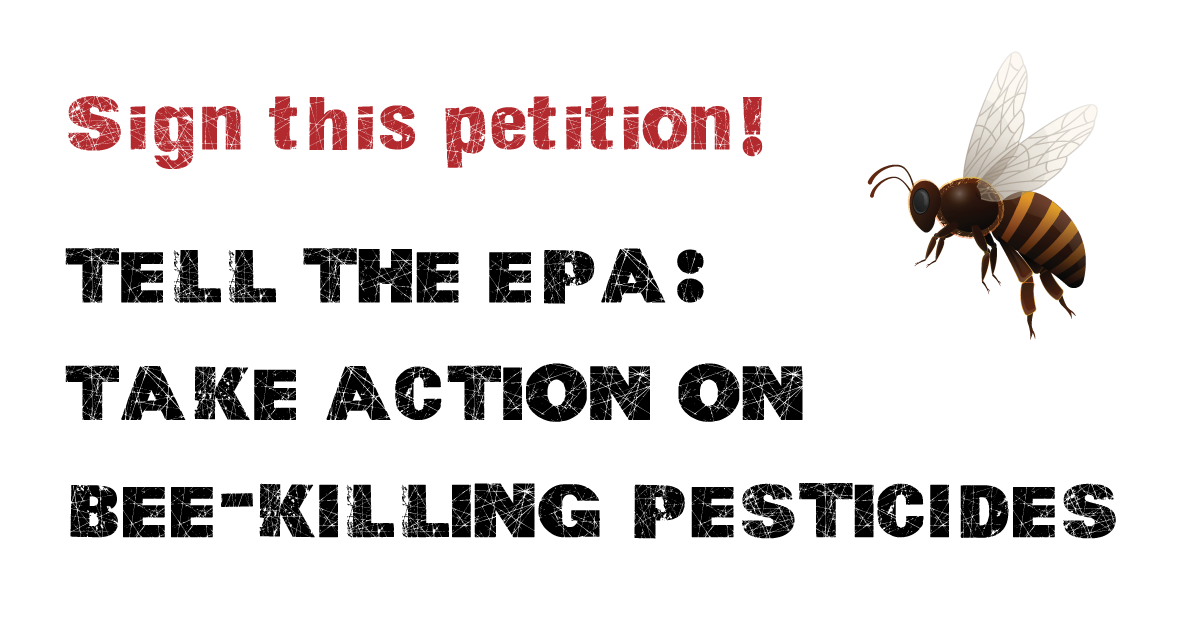
Petition to Stop Weedkiller in Cereal
Most of the more than 250 million pounds of glyphosate sprayed on U.S. crops annually is used on genetically engineered (GE) crops, like Roundup Ready corn and soybeans that are engineered to withstand the chemical’s otherwise lethal effects. (Glyphosate is the active ingredient in Roundup herbicide.)
October 9, 2018 | Source: Mercola.com | by Dr. Joseph Mercola
Most of the more than 250 million pounds of glyphosate sprayed on U.S. crops annually is used on genetically engineered (GE) crops,1 like Roundup Ready corn and soybeans that are engineered to withstand the chemical’s otherwise lethal effects. (Glyphosate is the active ingredient in Roundup herbicide.)
Lesser known is the fact that glyphosate is also used by farmers as a desiccant. About two weeks prior to harvest of grain crops like wheat, oats and barley, glyphosate is sprayed onto the crop, which accelerates the drying process, allowing for earlier harvest.
The benefits of using glyphosate are clear for the farmer. It may allow them to complete their harvest before wet weather comes and, by drying out the grain, it may reap them a higher profit, as the greater the moisture content of the grain at sale, the lower the price they get.
The consequences of this shortsighted practice are steep for everyone else, unfortunately. It’s likely that applying this toxic chemical to crops so soon before harvest is one reason why levels of glyphosate have been rising in humans, and a petition has been launched to try and stop the destructive practice.
Consumer Groups Call for End to Preharvest Glyphosate Spraying
The Environmental Working Group (EWG), along with MegaFood, Ben & Jerry’s, Stonyfield Farm, MOM’s Organic Market, Nature’s Path, Happy Family Organics and other consumer groups, has petitioned the U.S. Environmental Protection Agency (EPA) to reduce the amount of glyphosate residues allowed in oats from 30 parts per million (ppm) to 0.1 ppm, as well as prohibit the use of glyphosate as a preharvest desiccant.2
The 0.1 ppm limit for glyphosate on oats was actually the legal limit in 1993 — it has since been raised 300-fold, in response to a petition from Monsanto around the time farmers began to widely use glyphosate as a desiccant late in the season.3
Speaking to Sustainable Pulse, Scott Faber, EWG’s senior vice president for government affairs, said, “No parent should worry whether feeding their children healthy oat-based foods will also expose them to a chemical linked to cancer. Using glyphosate as a desiccant is not necessary, but only a convenience for growers. That’s not worth taking a chance with our children’s health.”4
As it stands, neither the EPA nor the U.S. Department of Agriculture (USDA) monitors for glyphosate levels on most food crops, even as studies suggest Americans’ exposure levels are increasing. I encourage you to sign the petition.
Is Glyphosate Preharvest Spraying Responsible for Rising Glyphosate Levels in Americans?
Researchers from University of California San Diego (UCSD) School of Medicine tested urine levels of glyphosate and its metabolite aminomethylphosphonic acid (AMPA) among 100 people living in Southern California over a period of 23 years — from 1993 to 2016.5
At the start of the study, very few of the participants had detectable levels of glyphosate in their urine but, by 2000, 30 percent of them did, rising to 70 percent by 2016.6 Overall, the prevalence of human exposure to glyphosate increased by 500 percent during the study period while actual levels of the chemical, in ug/ml, increased by a shocking 1,208 percent.7
In an analysis for Environmental Health News, Richard Jackson, professor at the Fielding School of Public Health at UCLA, and Charles Benbrook, a visiting scholar in the Bloomberg School of Public Health, Johns Hopkins University, asked the question of why levels are increasing so dramatically.
The planting of Roundup Ready crops can’t explain the rise on their own, as they were already being widely used by 2004 to 2005, with only modest increases in glyphosate use since 2005. “The likely answer lies elsewhere,” they stated, with preharvest spraying of glyphosate:8
“Around 2002, farmers in the U.S. started adopting preharvest, desiccation uses of Roundup … Such ‘harvest aid’ uses of glyphosate entail spraying fields about two weeks prior to harvest … But spraying a mature grain or bean crop so close to harvest with a glyphosate-based herbicide results in much higher residues than traditional, spring or early summer applications.
Beginning around 2004 and over about the next decade, incrementally more acres were sprayed to speed up harvest in the U.S. It is nearly certain that residues from these applications were largely responsible for doubling the levels of glyphosate and its metabolite found in the urine of Rancho Bernado residents.”
Olga Naidenko, EWG’s senior science adviser for children’s health, told CNN, “We know it is possible to grow oats and other grains without herbicides. Companies do not need to wait for EPA; they can simply talk to their suppliers and say, ‘please grow our oats without glyphosate, because our customers are complaining.'”
EWG toxicologist Alexis Temkin added, “This type of use of glyphosate is a very small percentage of the overall use, yet it can have the greatest impact on human health, so we think this is the place to target reducing the use of glyphosate.”9
